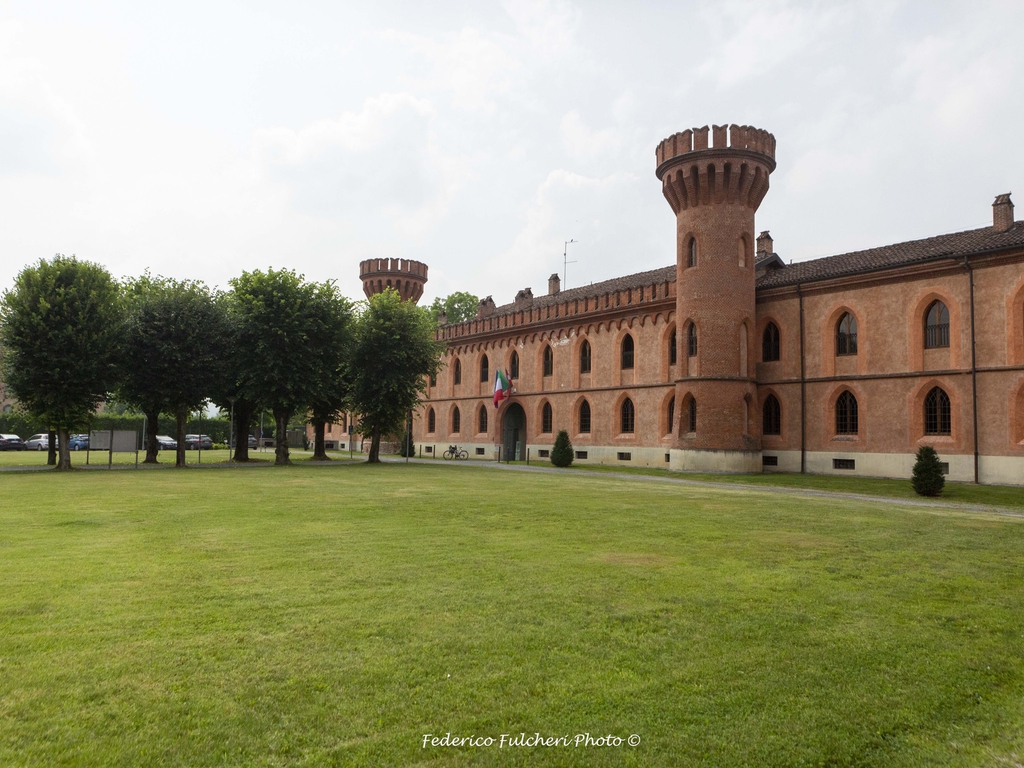The University of Gastronomic Sciences is the first university in the world entirely dedicated to the culture of food. It launched its courses in 2004 thanks to the international Slow Food association with the collaboration of the Piedmont and Emilia Romagna regions.
Its highly flexible and international courses attract students from all over the world every year, as well as prestigious lecturers, with the aim of creating a new professional figure with skills not only in the science, culture, politics and economics of food, but also in its sustainability and communication. The future professional outlets are many and all aimed at training true experts not only as chefs but also as consultants, agents and communicators of gastronomy.
The Banca del Vino is the brainchild of Carlo Petrini at the end of the 1990s with the aim of building the historical memory of Italian wine. The cellar houses wines from over 300 producers, a collection of the best labels selected by a committee of experts. It is considered a truly unique place in the world, where many activities are aimed at making this great heritage public: from guided tastings to educational workshops and highly specialised courses created in collaboration with the University of Gastronomic Sciences.
Pollenzo Castle is one of the Residenze sabaude (Savoia residences) recognised by UNESCO as a World Heritage Site in 1997. It was built by the Visconti patrician Antonio Porro in 1386, but a few decades later it took the form of a prestigious feudal residence of the Marquis of Romagnano, who continued to restore it during the 16th century. However, it was Carlo Alberto who realised Pollenzo's agricultural potential and wanted to create a real farm with vineyards and cellars where he could experiment with wine-making during the first half of the 1800s. He reshaped the entire medieval town through land reclamation, hydrological reorganisation and the construction of numerous farmsteads and gave a new face to the buildings in the village. This new neo-Gothic and classical image involved several prestigious figures including the architects Pelagio Pelagi, Ernesto Melano and Xavier Kurten as well as numerous artists including the painter Bellosio, the cabinetmaker Moncalvo and the sculptor Gaggini. The castle is now privately owned.
Connected to the castle is the church of San Vittore, built in the 1840s. Its forms follow the neo-Gothic style created by the famous Ernesto Melano and it houses paintings by the famous Carlo Bellosio. Inside, you can admire a precious 16th-century wooden choir from Staffarda Abbey.
